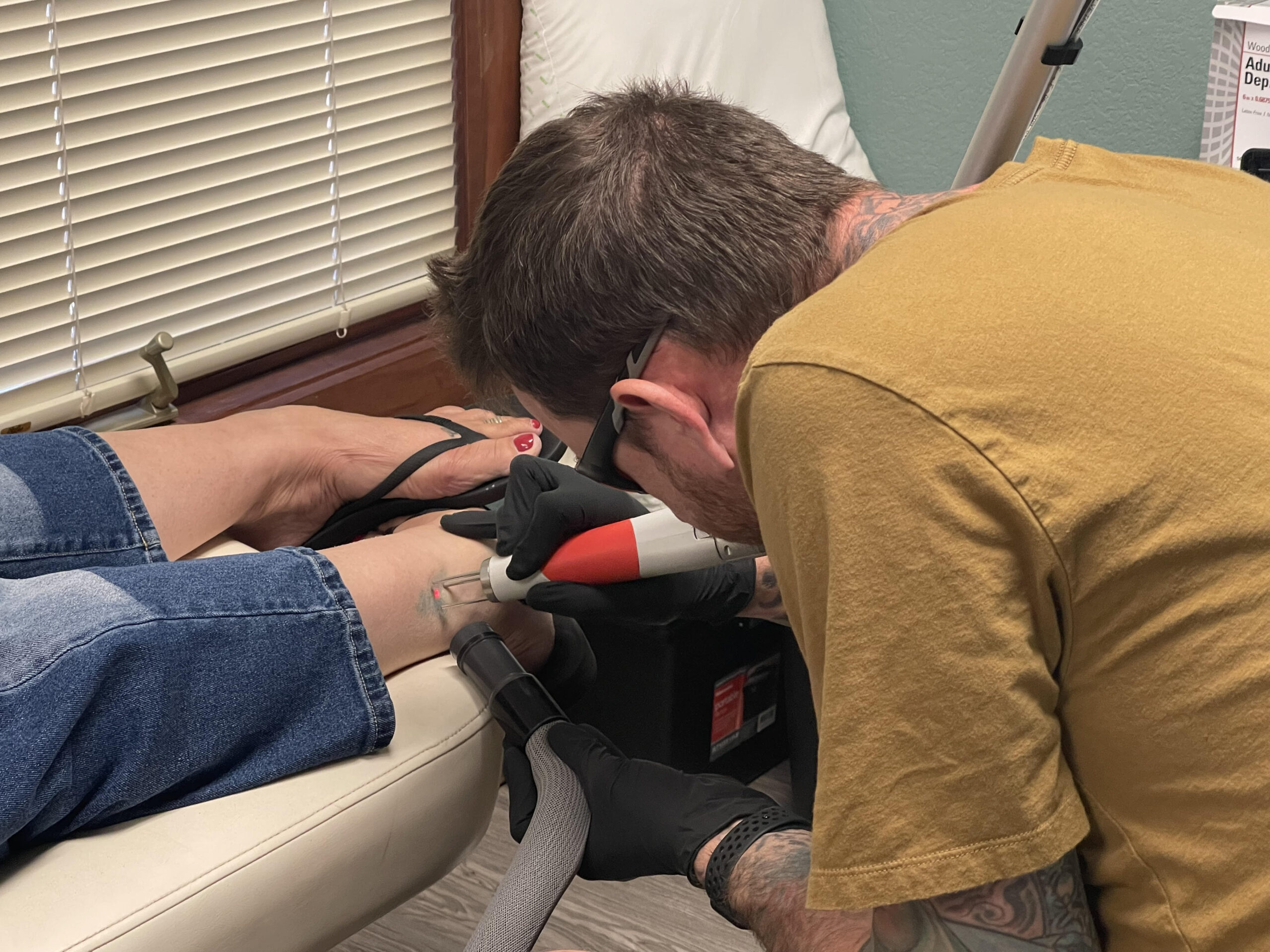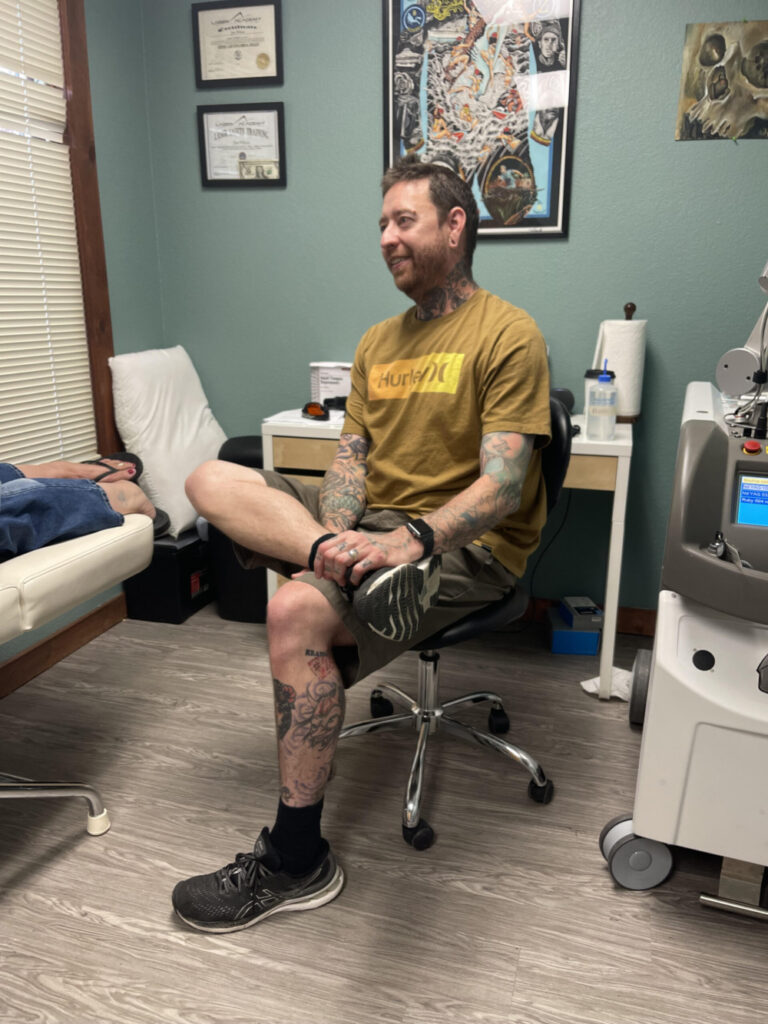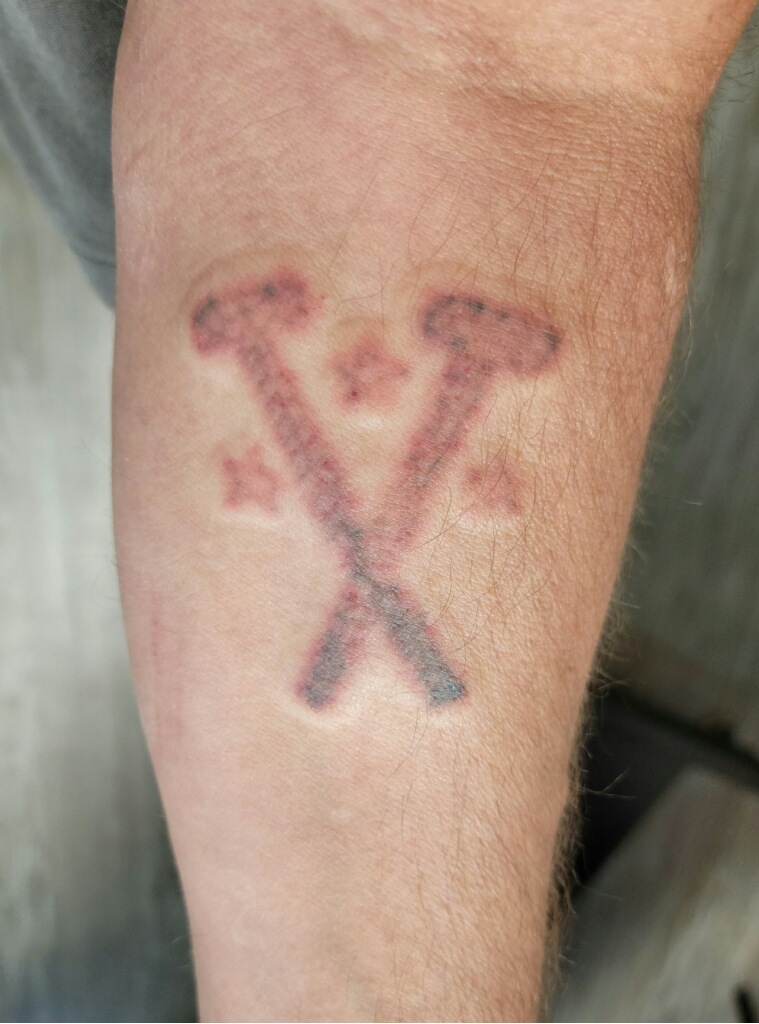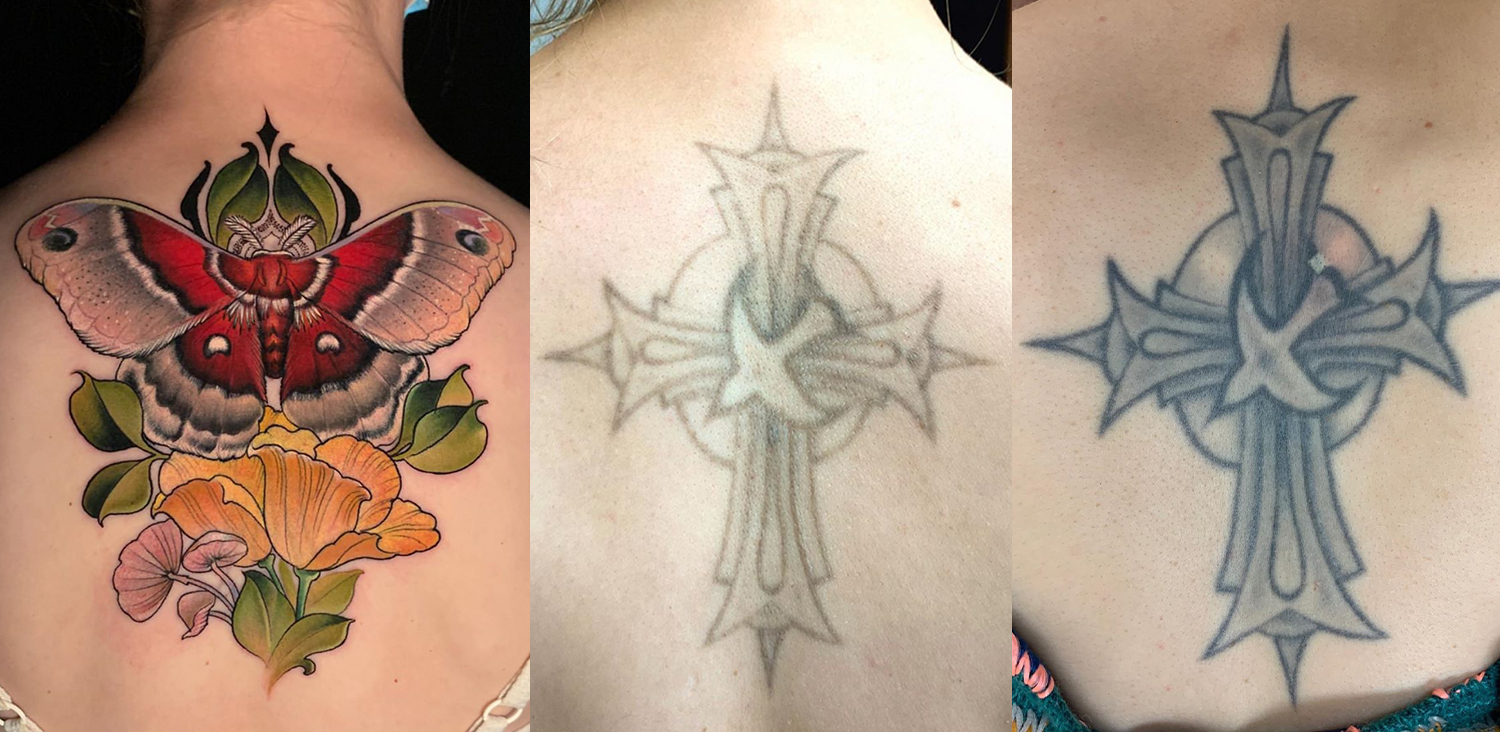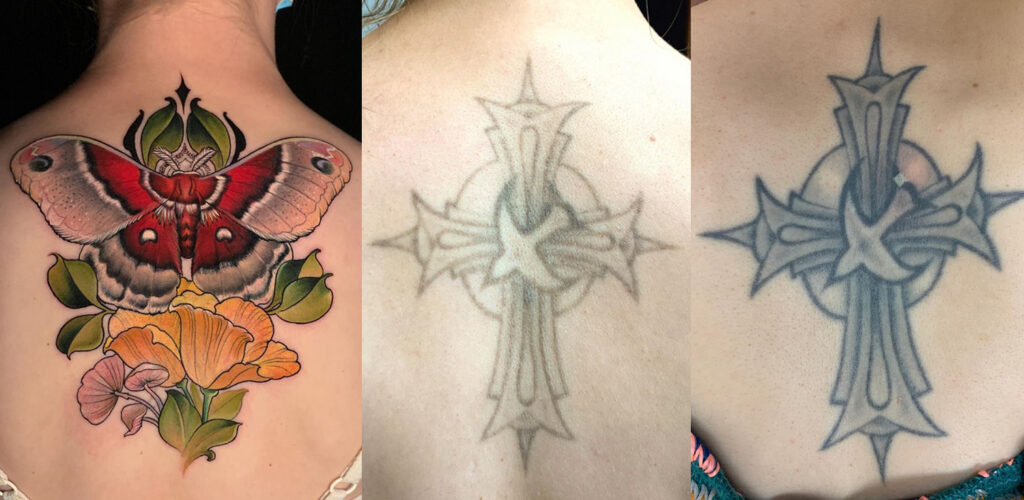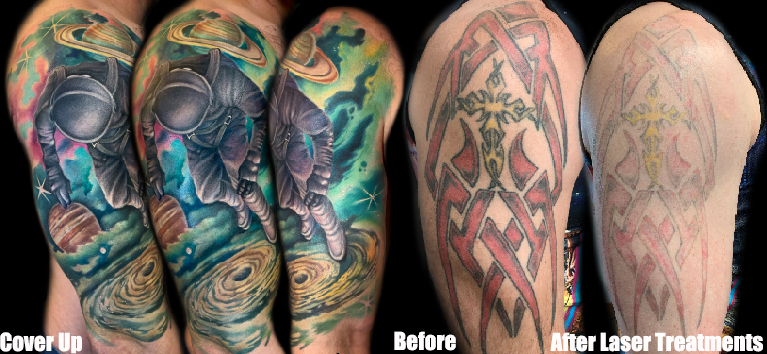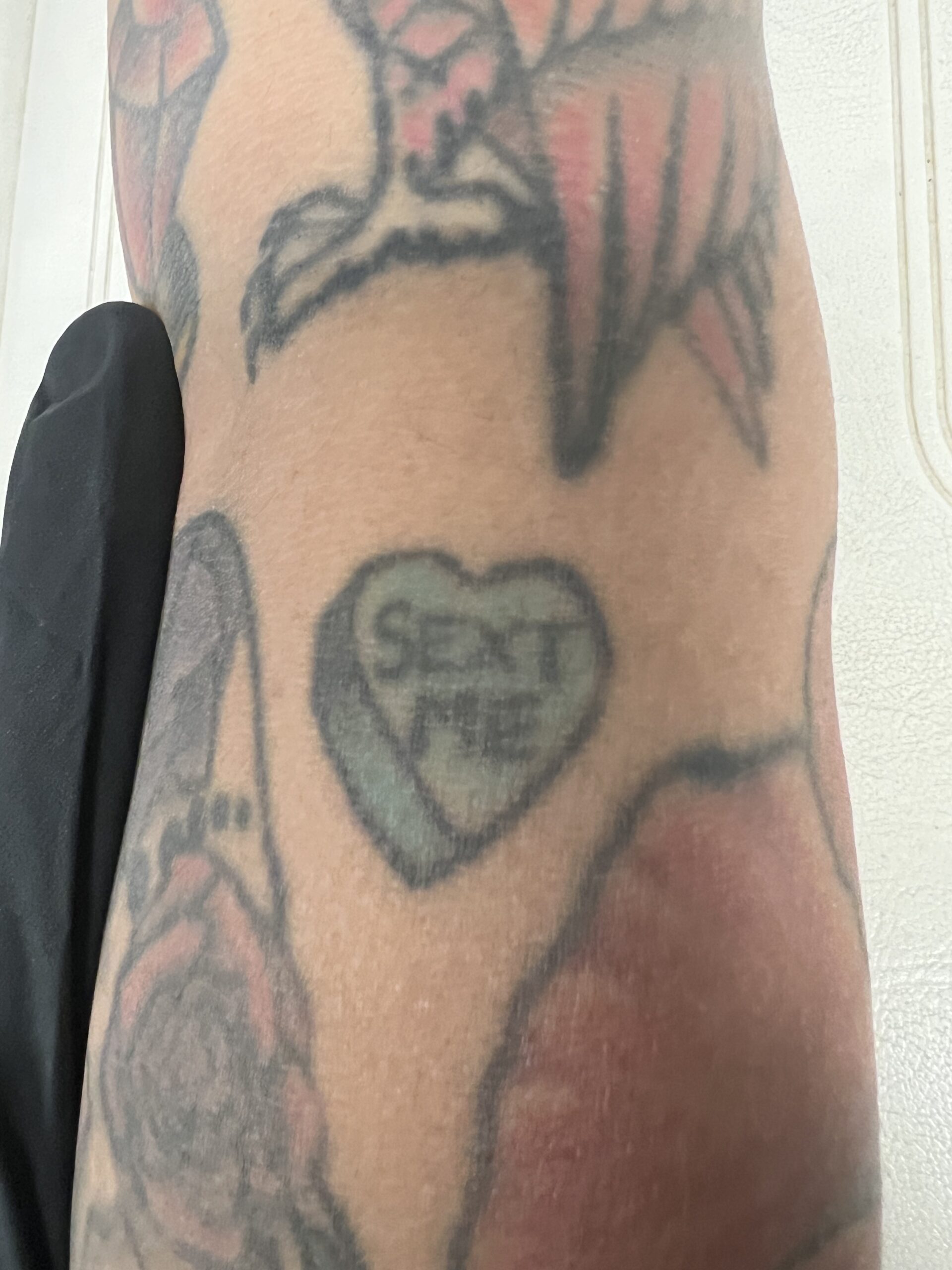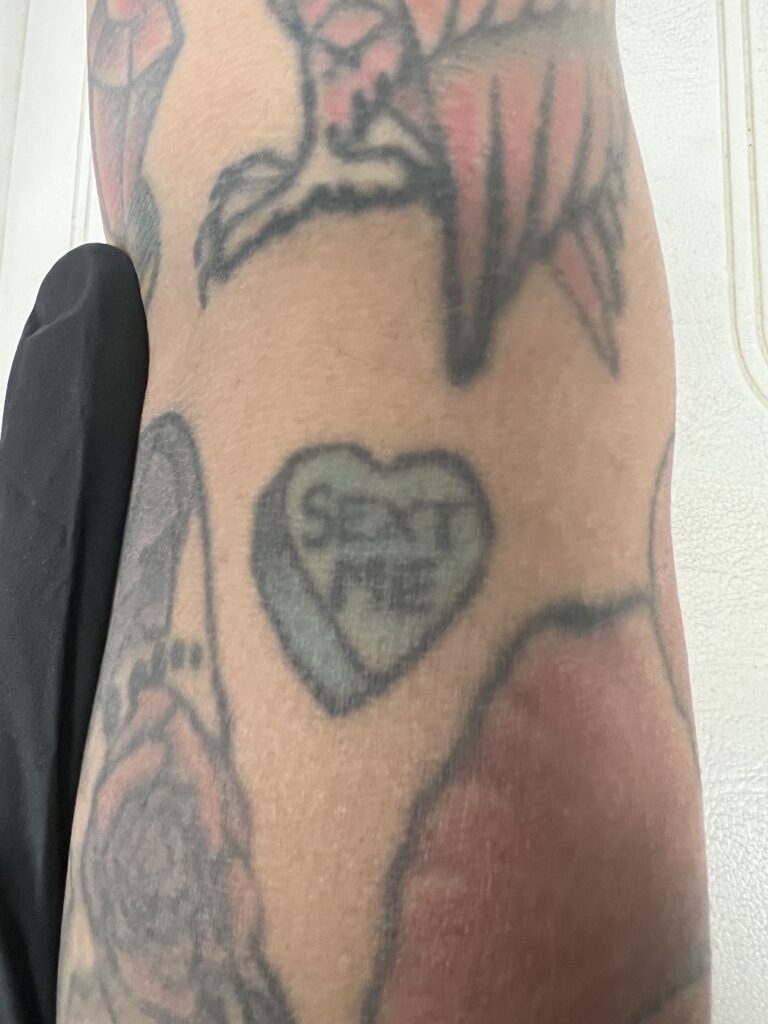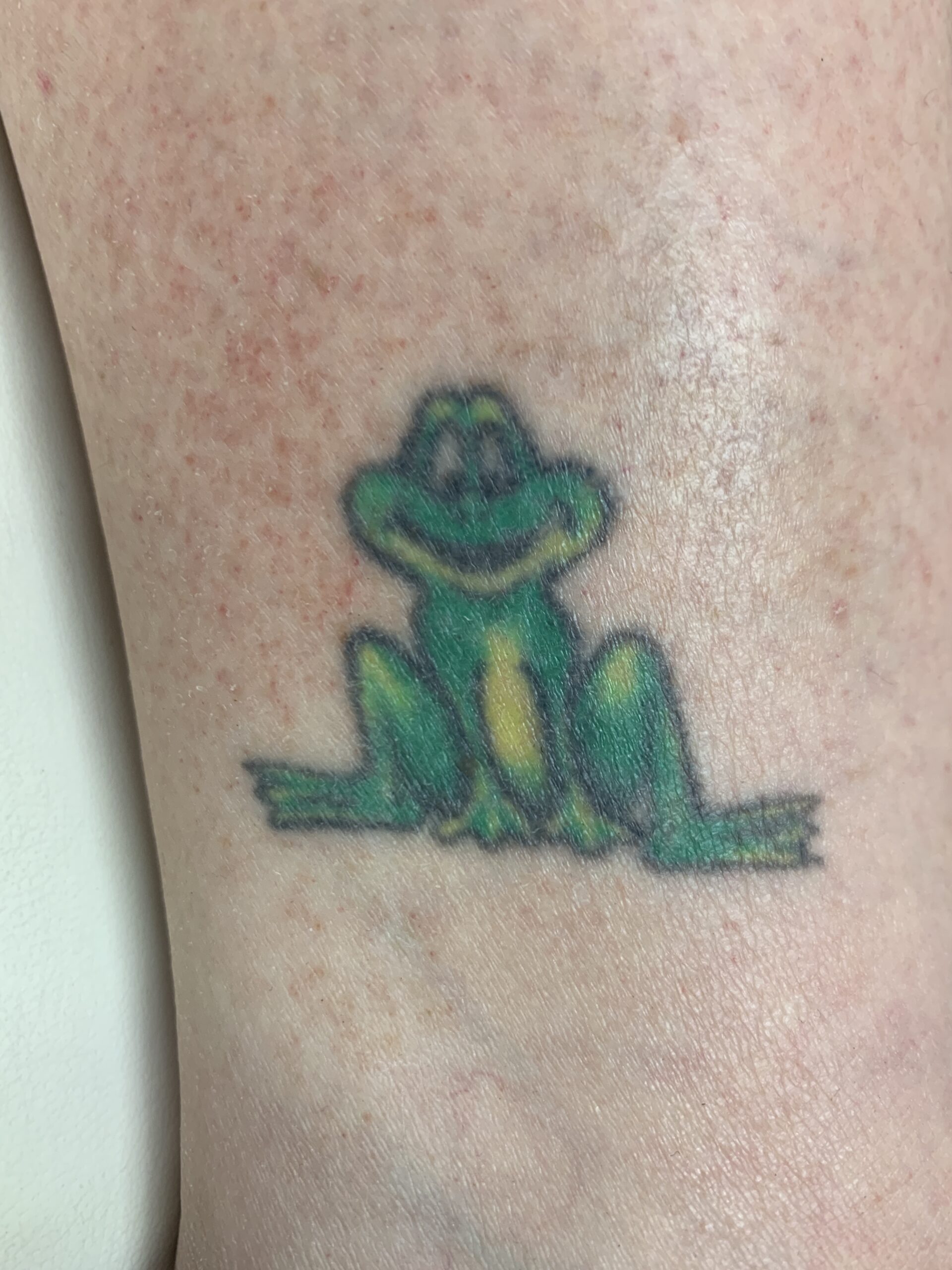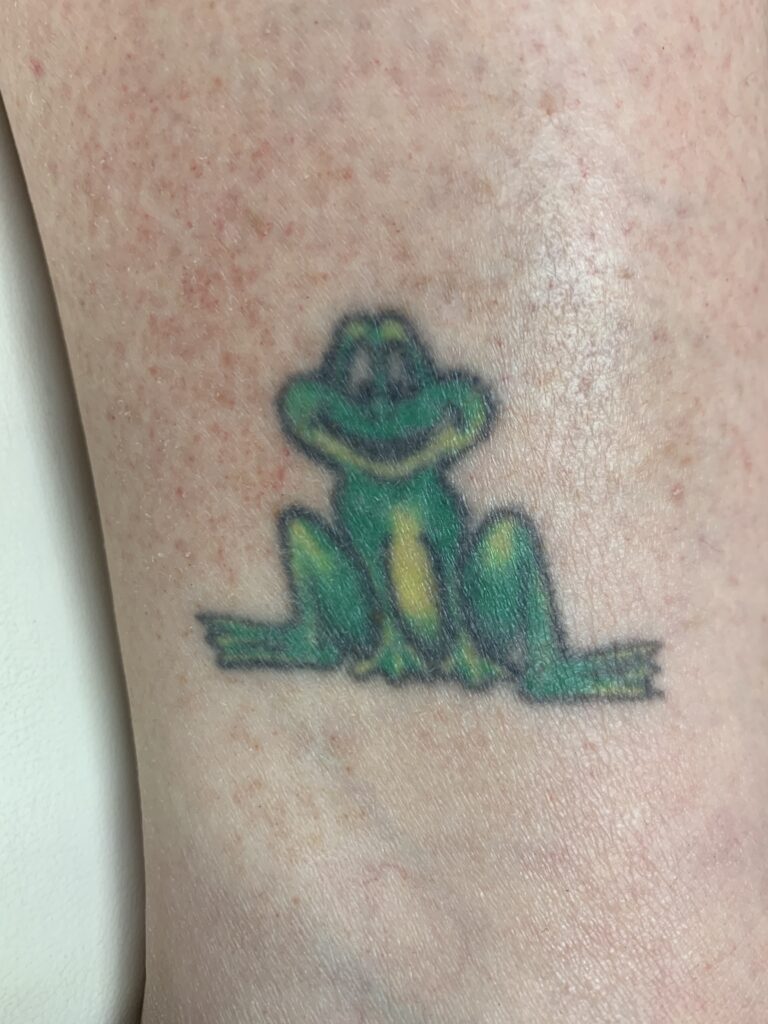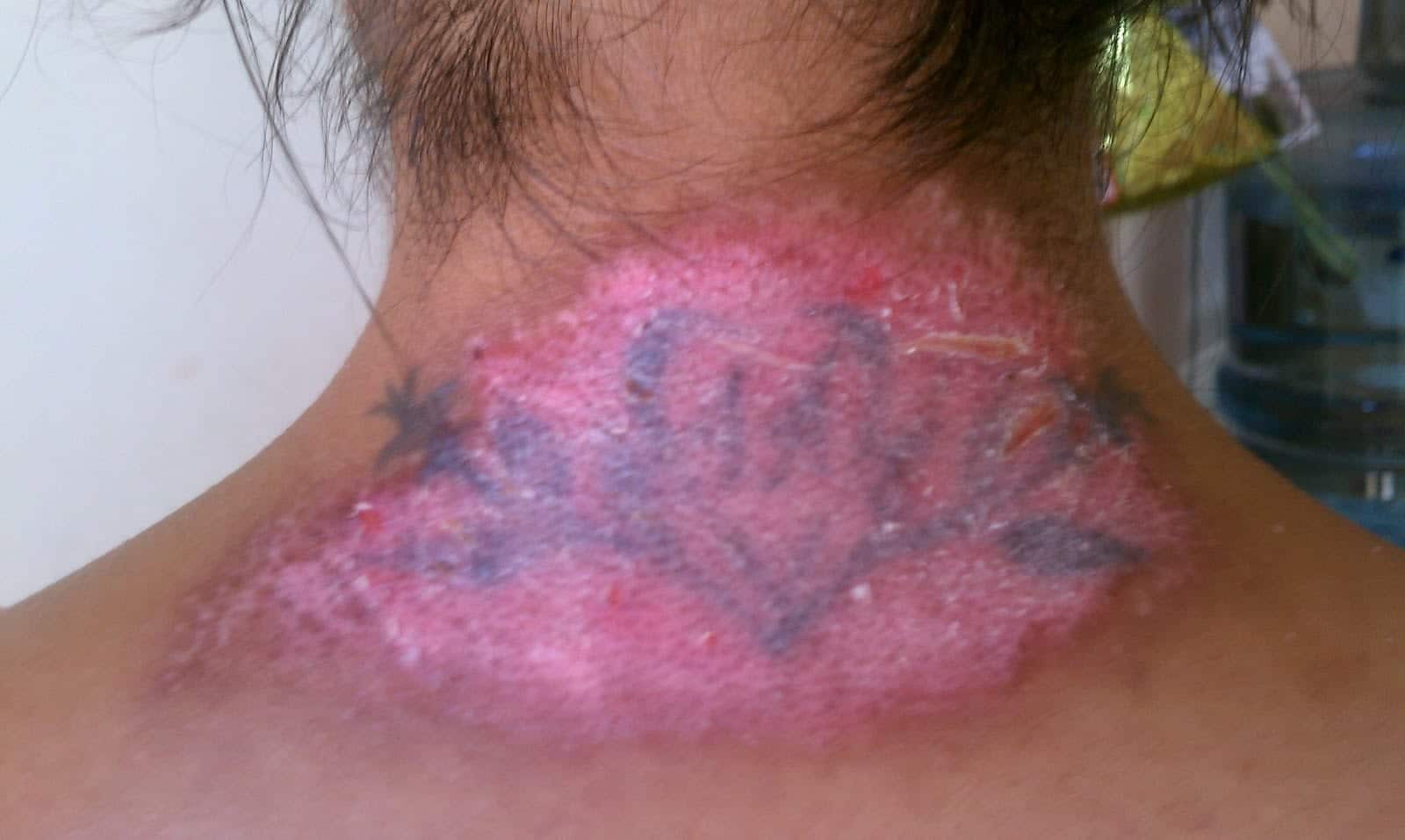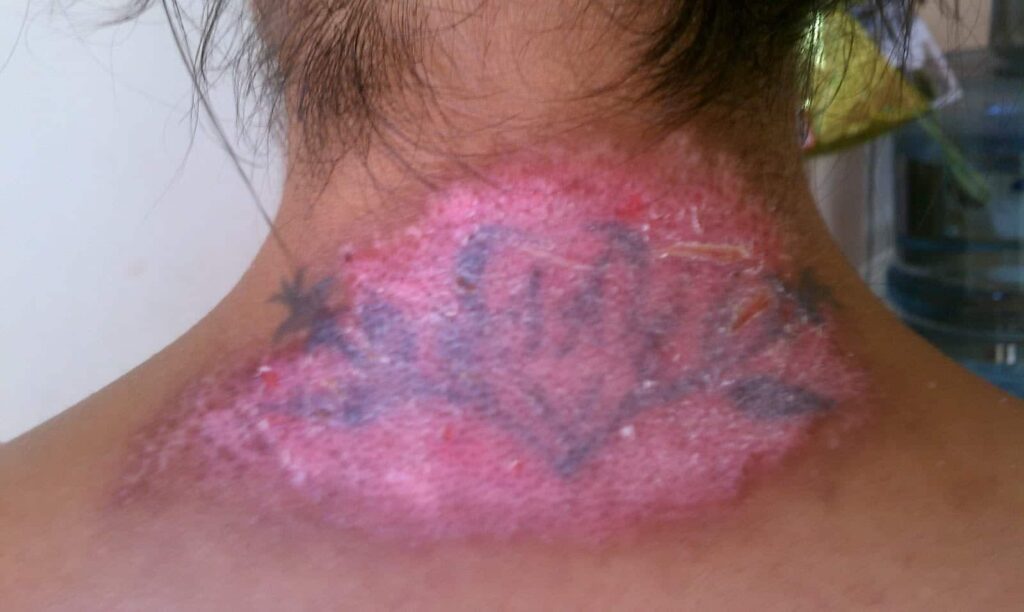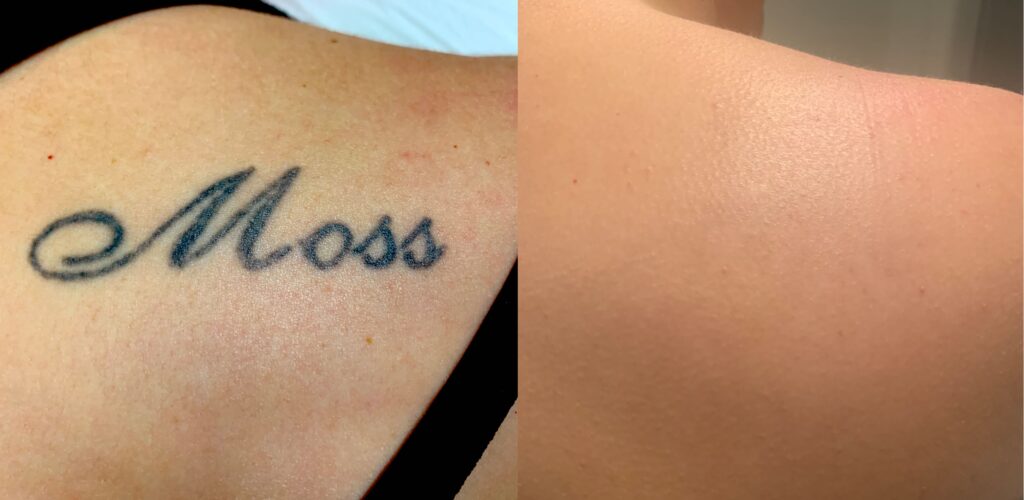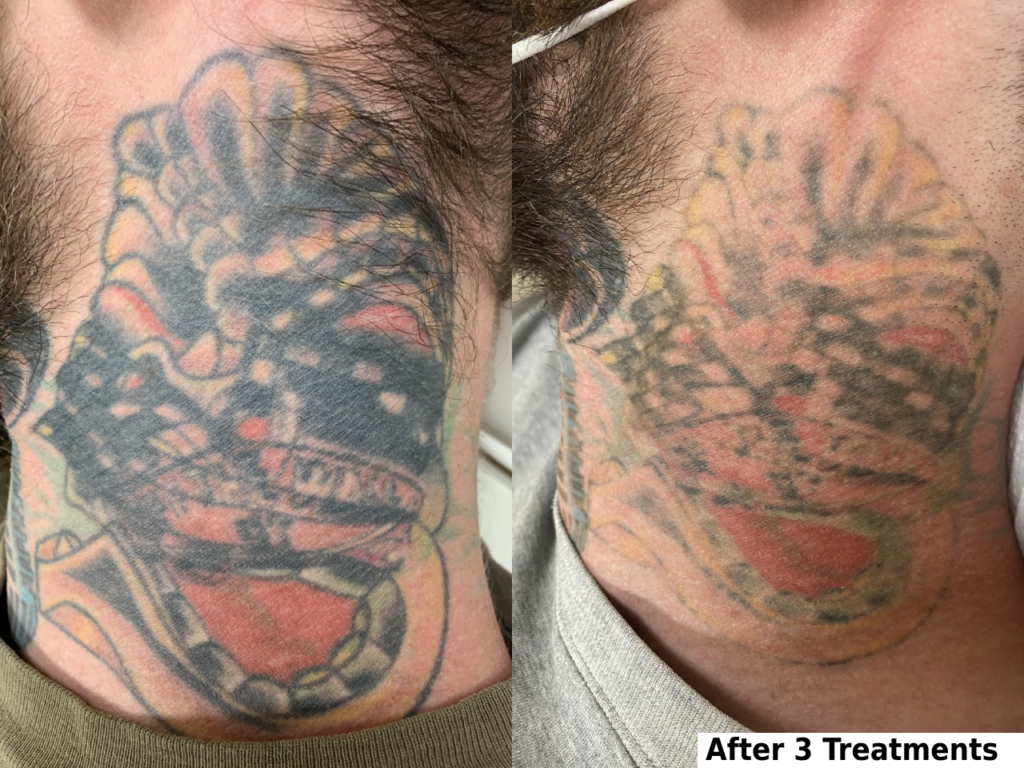Laser tattoo removal is an increasingly popular method for removing unwanted tattoos. However, the process can be accompanied by some discomfort and pain. Knowing how to effectively manage Laser Tattoo Removal pain is essential if you’re considering tattoo removal or have already scheduled a session. In this blog post, we’ll explore some helpful tips and techniques to make your laser tattoo removal experience as comfortable as possible.
1. Choose a Qualified and Experienced Practitioner
The first step in minimizing pain during laser tattoo removal is to choose a qualified and experienced tattoo removal specialist such as Black Sage Laser. With over six years and thousands of clients, we have a lot of expertise in helping manage pain during laser treatments and continuously work to make the treatments as fast as possible. Our average client only has to sit for 30 seconds to 1 min.
2. Numbing Creams or Anesthetics
Numbing creams or anesthetics can be beneficial in reducing pain during laser tattoo removal, but they can also have side effects. Before your session, consult with your tattoo removal specialist about using a numbing cream. They may recommend applying a suitable product to the treatment area before the procedure to numb the skin and minimize discomfort.
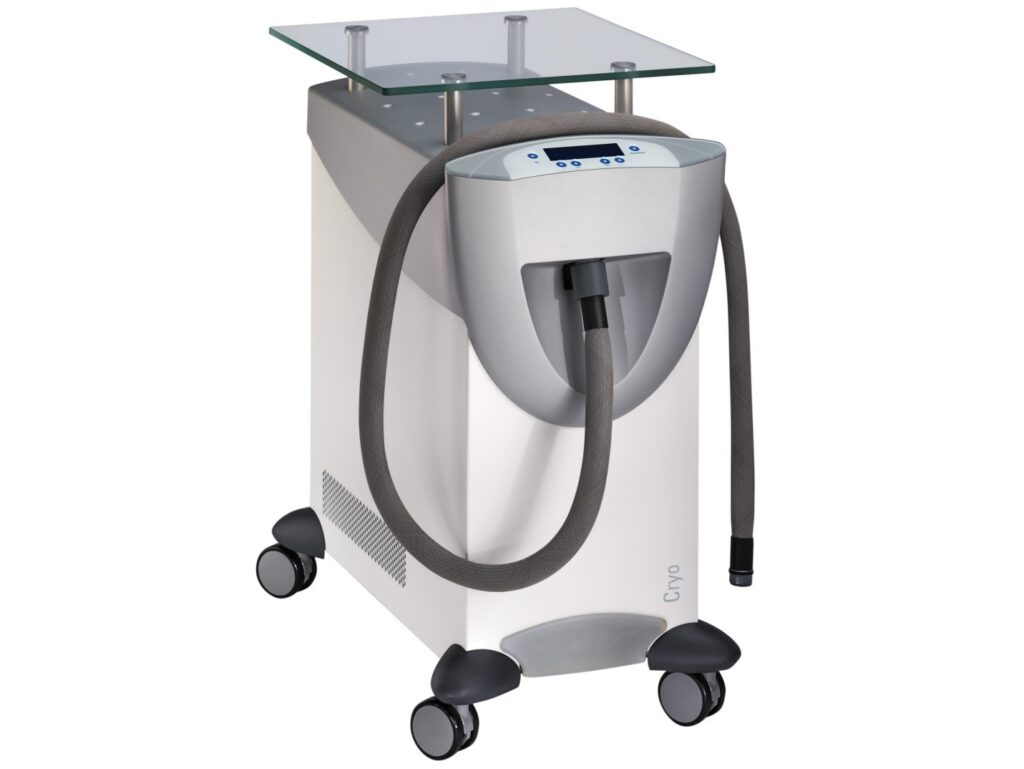
3. Cooling Techniques for laser tattoo removal pain
Cooling techniques are another effective way to manage pain during laser tattoo removal. At Black Sage Laser, we use a Zimmer cooler cooling device to blow cold air over the treated area. The cold air helps numb the skin, making the procedure more tolerable. Additionally, ice packs or cold compresses before and after the session can temporarily relieve pain and reduce swelling.
4. Distraction Techniques
Distraction techniques can surprisingly effectively manage pain and discomfort during laser tattoo removal. Consider bringing headphones and listening to your favorite music or an engaging podcast during the procedure. Focusing on something other than the laser can help redirect your attention and make the process more bearable
5. Deep Breathing and Relaxation Techniques
Deep breathing and relaxation techniques can help you cope with pain and anxiety during tattoo removal sessions. Practice deep breaths before and during the procedure to relax your body and calm your mind. Controlled breathing can help reduce tension and distract from discomfort. Another technique we have found to be effective is humming. Humming can act as a meditative state during the treatments and help you stay relaxed and calm, thus reducing the overall pain and allowing your treatment to be done much quicker.
6. Over-the-Counter Pain Medication
If your tattoo removal specialist allows it, over-the-counter pain medication can be taken before your laser tattoo removal session. Nonsteroidal anti-inflammatory drugs (NSAIDs), such as ibuprofen, can help reduce pain and inflammation. However, it’s essential to consult with your tattoo removal specialist before taking any medication to ensure it doesn’t interfere with the laser treatment or your health.
7. Follow Aftercare Instructions
Proper aftercare is crucial for minimizing laser tattoo removal pain and promoting healing after laser tattoo removal. Your tattoo removal specialist will provide specific instructions, such as keeping the area clean, applying prescribed ointments, and avoiding exposure to the sun. Adhering to these instructions will aid in the recovery process and help alleviate any discomfort you may experience.
Conclusion:
While laser tattoo removal pain can cause discomfort, following these tips and techniques can help you manage it effectively. Choosing a qualified tattoo removal specialist, using numbing creams or anesthetics, employing cooling techniques, and practicing distraction, deep breathing, and relaxation techniques can all provide a more comfortable experience. Remember to consult your tattoo removal specialist for personalized advice and prioritize proper aftercare. By doing so, you’ll navigate your laser tattoo removal journey with greater ease and achieve the desired results.


